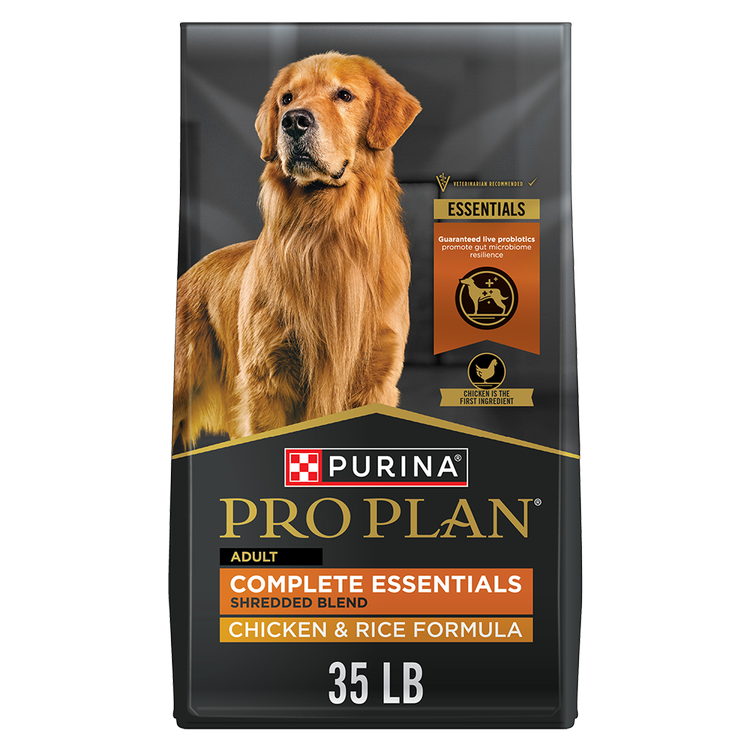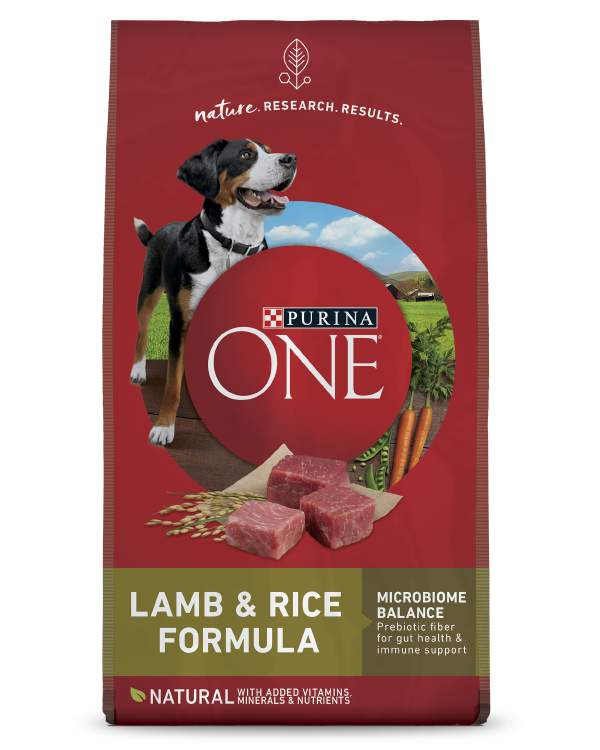We have all seen it. Some of us have experienced it. When that red, itchy rash forms for so many days and we realize it’s poison ivy. We might think that our dogs are immune to this since it’s not very common, but it turns out they can get poison ivy, too. Just like humans, they might form a rash as well and if they ingest it this can make them incredibly ill. This article will delve into the relationship between dogs and poison ivy.
What is Poison Ivy?
Poison ivy is a plant that is found throughout the United States, except for Alaska, Hawaii, and parts of the West Coast. It is usually identified by three ivy-like leaves which are glossy. Its vines are known to wrap around trees, poles, and other objects or it can spread across the ground into large shrubs. They even will sometimes have tiny white flowers or poison berries sprout on them. The leaves can be green, red, orange, or yellow depending on the season. Touching any part of the plant, including its roots and its berries, can cause a rash.
Poison ivy contains an oil called urushiol, which is what causes people to break out in a rash. Between 50-75% of people are allergic to urushiol. It is found in other types of plants too, such as poison oak and poison sumac. These plants are usually found in the wild and have been known to affect animals, such as dogs, cattle, and horses.
When urushiol chemicals react with the skin’s proteins, this triggers an immune response causing the skin to become inflamed. Symptoms can appear within a few hours to days. While the rash isn’t contagious, it can remain on various surfaces, including clothes, gardening tools, and your dog’s fur. The affected surface must be properly cleaned and washed to contain the rash from spreading further.
Can Dogs Get Poison Ivy?
As we mentioned above, yes, dogs can get poison ivy and poison oak. This isn’t something that happens often, since most dogs’ fur protects their skin from rash-producing oils. If your dog does develop an allergic reaction from poison ivy, make sure to keep them from scratching or biting at the blisters, since this could result in an infection.
The biggest danger for most dogs is if they try to ingest the poison ivy. While this might not give your dog more than an upset stomach, in rare cases your dog might go into anaphylactic shock and will need emergency treatment immediately. If you suspect that your dog has ingested poison ivy, poison oak, or poison sumac, contact your vet or local animal hospital right away. You can also contact the Animal Poison Control Center (APCC) at (888) 426-4435.
Symptoms of Poison Ivy on Dogs
There are a few common symptoms that suggest your canine encountered poison ivy:
- Red, swollen skin
- Itching
- Blisters and scabs
- Abdominal pain
- Vomiting
- Diarrhea
- Anaphylactic shock
- Difficulty breathing
Short-haired and thin-haired dogs have the highest risk of getting a poison ivy rash, since they have less fur to protect their skin. Short dogs are also at greater risk if the poison ivy is on the ground and their bare bellies rub up against it. If you suspect your dog is having a reaction to a poisonous plant, take them to your vet for an exam. If it’s an emergency, then seek medical assistance immediately.
How to Treat Poison Ivy on Dogs
If your dog develops a poison ivy rash, there are a few best practices you can do to treat your loved one:
- The best way to treat them at home is by bathing them with a dog shampoo that has oatmeal in it, which will soothe their skin, and provide some poison ivy relief for your dog
- Make sure to wear waterproof gloves when you bathe your buddy
- You could also apply a bentoquatam lotion on your skin, which will act as a barrier between your skin and the urushiol oil
- Rinse your dog’s coat thoroughly with cool or lukewarm water
- Work the shampoo throughout their entire coat, but avoid the eyes, ears, and rectal/genital areas
- Rinse all the soap off and towel dry your dog well
- Wash any dog bedding, collars, leashes, towels, your clothes, and other items that might have come into contact with the urushiol oils using a grease-cutting detergent and hot water
- Clean any contaminated surfaces with rubbing alcohol and wait until these areas are dry before allowing your dog near those places
- Use a carpet cleaner on any contaminated rugs and fabric that can’t be machine-washed
- Put a cone or an Elizabethan collar on your dog if they are biting the affected areas
- Try your best to keep your dog from scratching affected regions
- Call your vet to see if there are any topical solutions or other treatments you can give to your dog if their condition worsens
- If they ingested poison ivy, most of the time this will pass on its own, but it’s always good to contact your vet or the APCC at (888) 426-4435 just in case
- If they show any signs of breathing troubles, get them to an emergency vet immediately
By now, you might be wondering, How long does poison ivy oil last on dog fur? The duration of the signs will vary from pup to pup. If the rash is not improving or if it’s getting worse, then seek veterinary care as soon as possible.
Can You Get Poison Ivy From a Dog?
Poison ivy, poison oak, and poison sumac all contain urushiol, and these oils can be transmitted from your dog and onto you or anyone else who encounters them. Urushiol is known to stick around on surfaces for months and even years, therefore it’s best to properly wash these oils off anyone or anything contaminated as soon as possible. You will also want to make sure to remove any poisonous plants out of your yard or around your home.
Do not burn these plants, since the oils will be released into the air and are toxic if inhaled by you or your loved ones, including your dog. Instead, here are some safer alternatives that you can either do yourself or hire someone else to do for you:
- Wear gloves and protective clothing
- Use shear clippers to cut down plants
- Avoid ripping out the stems and roots, which can release the oils
- Use a shovel to dig out the root systems and spray the area with a pet-safe weed killer
- Dispose of the plants in garbage bags
- Discard your gloves and clothing or wash them in hot water
It’s always a good idea to keep your dog on a leash when you venture into wooded areas and unknown territories. If you are worried about your dog getting urushiol on them, you can carry a towel or wet wipes for your dog’s paws and body along with gloves to protect your skin. It’s also a good idea to learn what poisonous plants look like, so you know what to avoid in the wild.
Can Dogs Get Poison Oak?
Just like poison ivy, dogs can also get poison oak. This is because it also has urushiol in it, which can create similar symptoms to poison ivy. If your dog gets poison oak on them, follow the same treatments and methods that you would do for poison ivy.
Difference Between Poison Ivy and Poison Oak
Poison ivy and poison oak are very similar in appearance; they both have urushiol, they both are found in the eastern and southern states, they both have red and green leaves, and both have leaves that grow in threes. However, poison ivy has a glossy coat with smooth or ridged edges. Poison oak has a fuzzy texture with rounded tips. Poison ivy typically grows as vines wrapped around an object or spread out as large shrubs with little white flowers or berries, whereas poison oak usually grows as shrubs and has white-yellow poison berries on it. Overall, the two types of plants are similar and follow the well-known saying “Leaves of three, let it be.”
For more expert tips on the health of your dog, explore our other dog health articles.

Reward Yourself with myPurina
Earn and redeem rewards for Purina products with the myPurina app.








